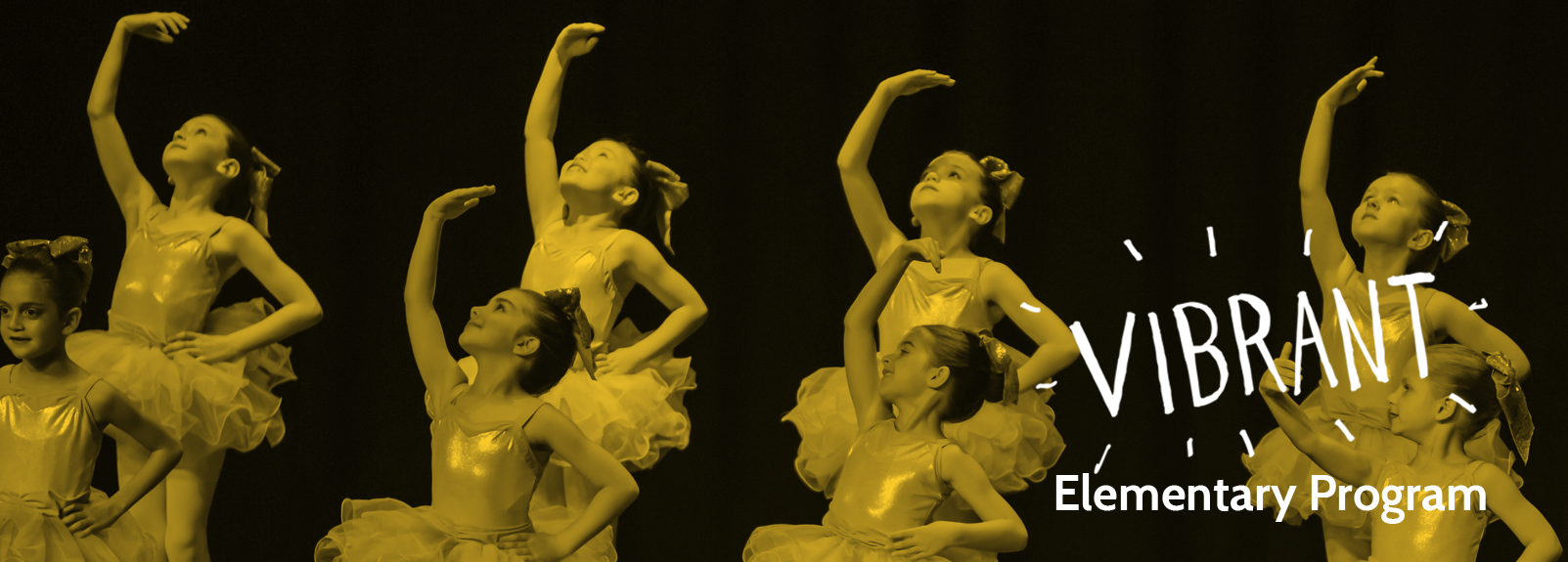

Employing this connectivity of movement, the dancer may periodically stop or incorporate "sharp" moves (such as an abdominal contraction, a sideways glance, or a leg flick) into a fluid routine, for emphasis. The dancer does not execute each successive move in isolation from the next a lyrical dancer holds the move for as long as is musically possible or relevant, and transitions smoothly into the next, connecting the motion and emotion. Of paramount importance in lyrical dance is the connnectivity of movement, flowing quite seamlessly from one move to the next.

Routines are based around feeling and emotion and, though technique is crucial, spirit generally tells where the dance will go. Lyrical is based around choreography and the interpretation of the music. Lyrical choreography is often peppered with intentionally pedestrian moves, amid the more challenging movements, to create a simultaneously organic and dramatic feel. Lyrical dance has often been choreographed to a song about freedom, of releasing a despairing emotion, or of overcoming obstacles, though the palette of choice is unlimited.Ī solid, ballet-based technique is an essential component of this advanced style of dance, as is a facility with various other forms of jazz, some contemporary/modern dance, and proper placement and bodily alignment.
LYRICAL DANCE DEFINITION SERIES
This may be followed, for example, by a more complex sequence, such as a triple pirouette en cou-de-pied (coupe), or a grand jeté (For the more advanced dancers), or a series of chaine turns, followed by a cabriole, descending to the floor, only to rise again, and perhaps very casually to walk downstage for a few counts before changing direction once again.ĭue to its demand for intermediate to advanced technical skill and emotional focus, the style is popular primarily with passionate dancers who want to combine technique with musicality. Musically, the choreography accentuates and/or flows often in correspondence with a song's climaxes, but the choreography will also bring out the more nuanced aspects of a song: sometimes a silence between notes in the music, or the breath between words, will be emphasized, perhaps with a simple, physical gesture. That a song's lyrics are a driving force and key inspiration for the movement accounts for why a sizeable number of dancers are unaware of how the style's name was derived, erroneously thinking it came from the word "lyrics". Choreography can be gripping and exquisitely delicate, at the same time. It is commonly set to popular music with vocals as well as rich are (indeed, often) emphasized over the song's rhythm, but because of the definition of the word lyrical: having a poetic, expressive quality musical characterized by or expressing spontaneous, direct feeling expressing deep personal emotions or observation highly rhapsodic or enthusiastic. It is a combination of intricate, highly technical, and pedestrian/naturalistic moves.

Lyrical dance is expressive, simultaneously subtle and dynamic, focused on conveying musicality and emotion through movement. It is typically considered a sub-category of jazz and/or contemporary dance, the latter itself being an emerging category. The Lyrical dance style has its primary basis in ballet, combining the many technical elements of classical ballet with the freedom, fluidity, expressiveness and airier aspects of jazz, contemporary and modern dance. 5 Some key dancer-choreographer-teacher notables within lyrical dance include.


 0 kommentar(er)
0 kommentar(er)
